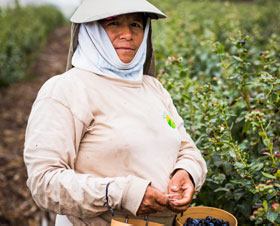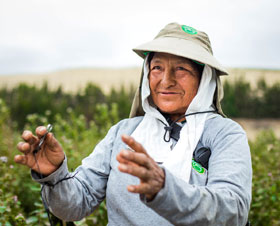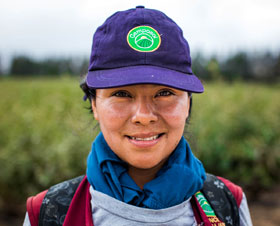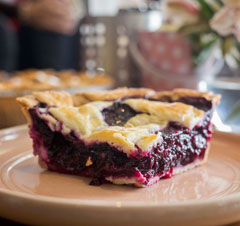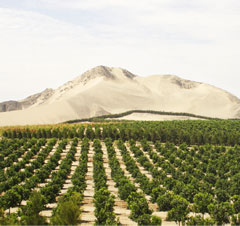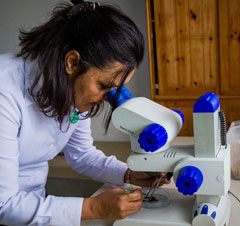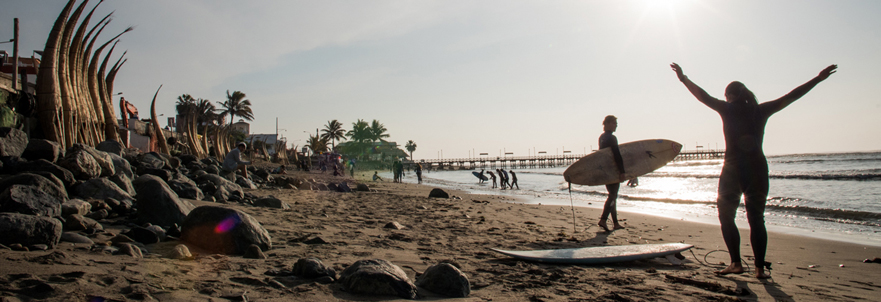

When we think about where our berries come from, we evoke the generous and redemptive land that has made them grow. Is it that perfect combination of sunlight, shade, topography and climate that has made these tiny sugary gems to thrive? Or could it be the peculiar location of our farm on the ample desert plain that lies at the mouth of the Moche Valley? Either way, we invite you to discover Trujillo: the land of archeological treasures, wonderful beaches and the home of our dainty berries.
1. Where in the Andean World
Trujillo is the third largest city in Peru and one of the most attractive northern cities in the Andean country. Lying in the coastal desert, northwest of Lima, Trujillo is the capital city of La Libertad region, an area known for its well-preserved colonial houses and rich cultural background.
So, where are our berry fields located? Trujillo is on the Pan American Highway. If you follow this elongated road (actually, it's the world’s longest motorable road, stretching from Alaska to Argentina) you'll reach the district of Chao in the province of Viru. Our fields occupy what was once a bare desert, a wide space that is now a vast scenery of green filled with lush blueberry crops. (Find out how this arid desert turned into a rich and fruitful land in our BlogBerry story: A Flourishing Desert Land)
2. History, Culture and World Heritage Site
All the historical wonders out there share a commonality: each tells a story of the past and at the same time offers a reflection of the present. The Chimu people once had a great empire that stretched more than 1,000 kilometers from Ecuador to Peru. The magnificent ruins of Chan Chan are the most notable evidence of the amazing achievements of this culture. Declared a Cultural World Heritage Site by Unesco, the citadel of Chan Chan is a must-see when visiting Trujillo. Other wonderful archaeological monuments found nearby are the sacred pyramids of the Huaca del Sol and Huaca de la Luna, both temples of the ancient Moche civilization.
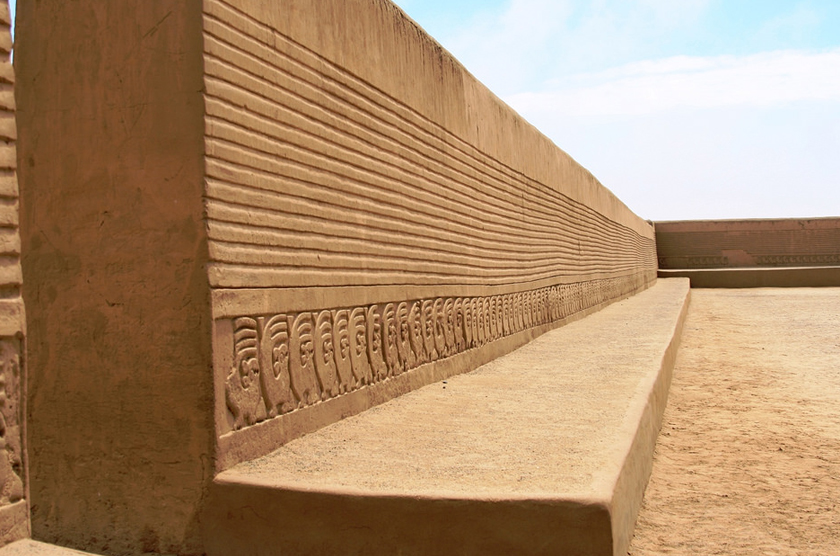
Chan Chan. Photography: Carlos Adampol Galindo.
3. The Longest Wave in the World
The left-hand point of Chicama, as blue as our precious berries, may be one of the world’s longest and most popular surf rides. From May to September, locals and surf enthusiasts from around the world travel to Chicama to ride the endless two kilometer wave. No wonder our very own national pro surfer Cristobal de Col was able to pull 34 maneuvers in one single wave ride, a feat fit for the books of history. As many expert surfers say: “Chicama is the wave that dreams are made of.”
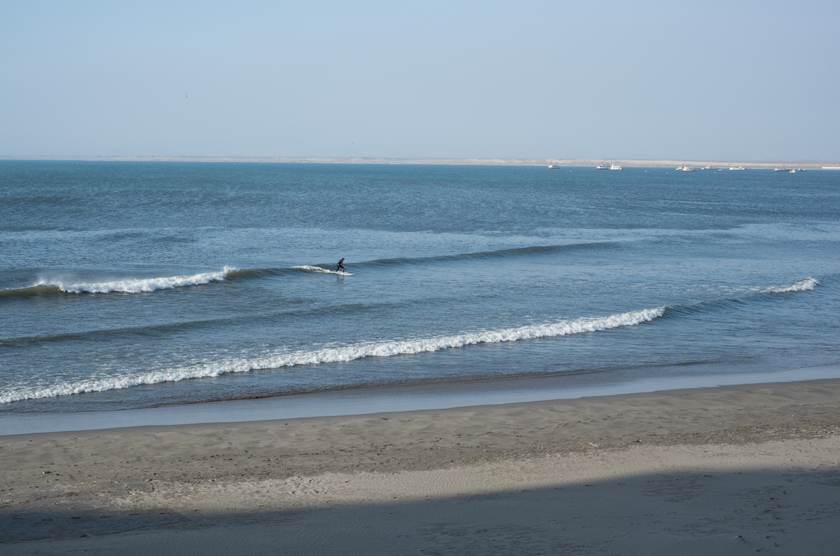
Chicama. Photography: Neverything.
4. A Dance Called Marinera
If our berries could dance they would probably move at the energetic rhythm of a cajón (rhythm box) accompanied by the melodic sound of guitar strings. Trujillo’s popular marinera dance is widely known due to its singular and elegant dancers who sway holding handkerchiefs above their heads and playfully prancing around each other. Visit the city during the last week of January or the beginning of February and you'll be delighted to be part of the Marinera Festival, a gathering of dance academies from all around Peru.

Marinera norteña. Photography: Municipalidad de Miraflores
5. Caballitos de Totora
If you’ve ever seen a peculiar type of fishing vessel made of reeds, then you know what caballitos de totora (little reed horses) look like. These ingenious rafts existed long before the first Europeans set foot on Peruvian beaches. Fishermen usually ride their caballitos like a horse, paddling with a kayak style; some even venture into the waves and accomplish some great maneuvers. Fact is, these small reed boats have become another traditional symbol of Trujillo.
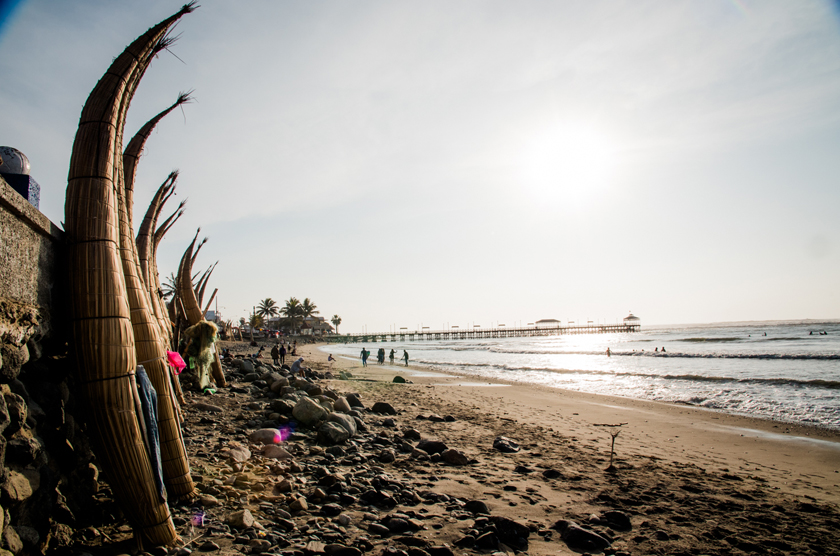
Little reed horses on Huanchaco beach.


